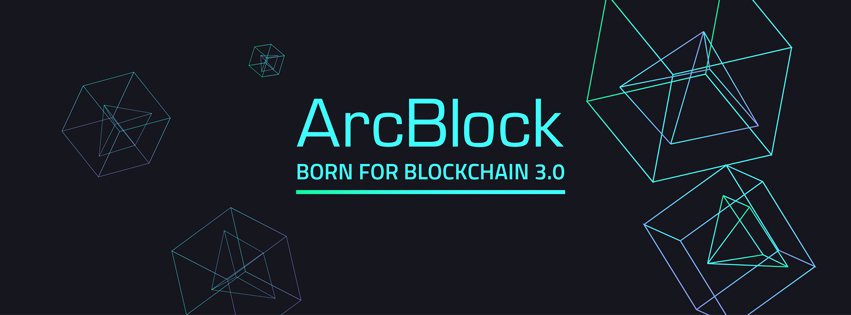Blockchain technology is still in its nascency. Sure, Satoshi Nakamoto introduced Bitcoin–and with it, the blockchain–in 2009, and cryptocurrencies have come a long way since. But even amidst a sea of developing protocols, platforms, and programs, the crytpo world has plenty of rough waters ahead of it as it sails towards adoption.
Disclosure: This is a Sponsored Article
That’s why ArcBlock is here to help navigate these waters. ArcBlock wants to build an ecosystem inside of which blockchain technologies can thrive in connection with each other, and it wants to give developers the opportunity to take advantage of this community. With ArcBlock’s platform, protocols from all walks of technological life will be able to interact with each other. Developers will be able to build decentralized applications on ArcBlock, as well as access cross-chain functionality in an unprecedented manner.
The Problems Facing Blockchain Today
Blockchain technology has a promising future, but a handful of obstacles currently stand in the way of its potential:
Poor performance: As they currently stand, blockchain programs are bogged-down with sluggish transaction times, network bloat, and high transaction fees. Ethereum’s trouble with CryptoKitties, Ethercraft, and other applications expose blatant scalability issues, and Bitcoin’s own transaction troubles reveal the same issues. If blockchain wants to see global adoption and support the number of decentralized applications currently in development, performance must be enhanced.
Usability: Blockchain technologies are currently geared towards a technologically literate niche. From investing to application use, the learning curve is substantial, and involvement requires substantial time and resources.
Cost: In line with the previous point, costs are starting to add up for developers wishing to use any given blockchain. In order to use a variety of applications/function, developers must access multiple programs and blockchains to do so. The space needs a holistic, low-cost/free to use system for these applications if it wishes to see mass adoption.
Platform Lock-In: Developers usually have to choose which platform to run/support, as each platform comes with its own costs (see above) and special code to operate. Without the ability to easily switch from one program to another, developers get stuck choosing which to support, possibly to the detriment to their project(s).
Lack of Features: Most blockchain protocols lack tangible services or real features at this point in their development. When you combine this with the three prior points, developers and community members have little incentive to contribute to the ecosystem, as it offers nothing substantial in return–nothing yet, that is.
Enter ArcBlock
ArcBlock wants to solve all of these issues with its innovative new design. Through ArcBlock, services, systems, and networks will connect dynamically, seamlessly linking existing industries and blockchain protocols into a unified source.
ArcBlock can offer this technological bridge because, unlike its predecessors, it’s a platform service–not a standalone software package or set of APIs. It’s not creating a new blockchain. Rather, it will cooperate with existing blockchains (e.g., Hyperledger, Ethereum, Cardano, etc.). As such, ArcBlock will create a comprehensive solution for existing blockchains to run more efficiently using cloud computing.
Using its Open Chain Access Protocol, anyone can access inter-blockchain operability. This will allow developers free and open connectability with any blockchain on ArcBlock’s platform, allowing them to switch freely between protocols and their applications. Thus, the platform is blockchain agnostic, paving the way for a revolution in decentralized application development and adoption.
Blocklet, a key component of the ArcBlock infrastructure, will be integral to achieving the platform’s goals. Blocklet can be implemented with any other platform or coding language, and as a result, it will allow for cross-chain connectivity. Moreover, it can bridge on-chain and off-chain computing, providing blockchain technologies a much-needed bridge to existing data sources, APIs, and technological architecture.
ArcBlock’s Bright Future in Blockchain’s Brave New World
ArcBlock’s platform could open the door for a new era in blockchain development. This era would set a new standard for the future of decentralized applications, allow developers to harness a revolutionary blockchain-agnostic platform, and blow open the doors for adoption.
And the ArcBlock team is already making steps towards this goal. Lead by Ding Lei and Salman Dhanani, ArcBlock recently stacked their team with a fresh group of advisors. They’ve also slotted some impressive partnerships, including IBM, Guojin Capital, Krypital Group, Roaming Capital, and more.
Registration for ArcBlock’s token sale ends January 28th, and the public sale goes live on February 3rd. You can find more information on the project’s website.

